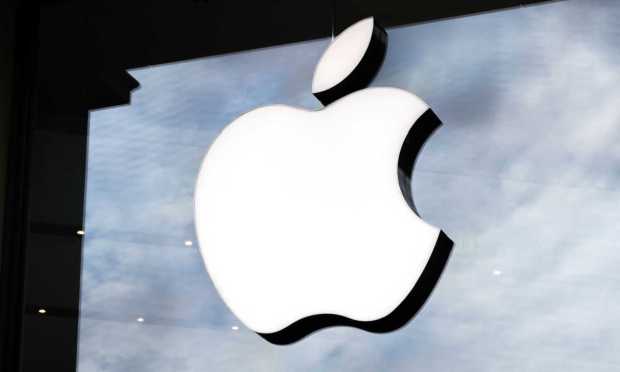Report: Apple Mixed Reality Headset May Include Iris Scanning

As soon as next year, Apple could unveil a mixed-reality headset that includes an iris scanner for payments and logging in as the company fights with Meta for metaverse dominance.
This biometric feature would give users quick access to their accounts and let multiple people wear the same headset for easy switching between accounts, said sources who have worked on the project, according to published reports Friday (Oct. 14).
The iris scanner would reportedly let people make payments from inside the headset, the same way iPhones and iPads do with Face ID and Touch ID.
The new headset will differ greatly from Meta’s new Quest Pro device in terms of technology, with more cameras, to better capture body movements, per reports. Apple was not immediately available for comment Friday.
As PYMNTS reported in July, the direction of the metaverse could come down to Apple and Meta’s head-to-head race to sell augmented reality (AR) and virtual reality (VR) hardware.
Read more: Meta, Apple Competing to Conquer the Metaverse
Meta CEO Mark Zuckerberg said his company and Apple are in a “very deep, philosophical competition” to build the metaverse, with Meta positioning itself as a less expensive, more open version of Apple’s offering.
The reports Friday appeared to bear out part of that prediction, as the Apple headset could cost as much as $3,000 compared to Meta’s at $1,500.
This week saw Zuckerberg announce that the Quest Pro would offer users what Meta said are better resolution and graphics and a more powerful onboard computer than past models.
See more: Zuckerberg’s Metaverse Avatar Finds Its Legs (and Headset) at Last
Meta’s Horizon Worlds metaverse has gotten a lot of flak lately for its basic graphics after the company spent $10 billion on its metaverse aspirations.
Zuckerberg said this week that “a lot of folks are really excited” about the potential, as it sets up “a trough of disillusionment at some point because it is a vision that’s far out … But it’s not like this stuff is going to be fully mature in a year or even two or three years. It’s going to take a long time to build out the next computing platform.”
For all PYMNTS crypto coverage, subscribe to the daily Crypto Newsletter.
